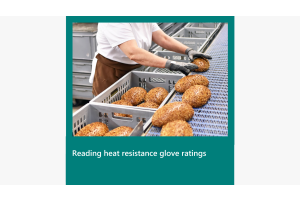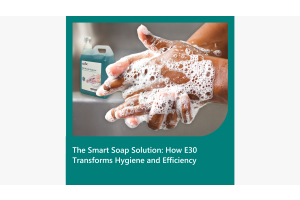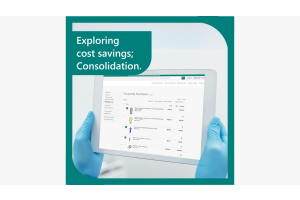colour-coded
-
Posted: September 04, 2023Read more »
Blue is associated as the food industry colour, as it contrasts the majority of ingredients.
This, of course allows visual detection in the unlikely case of it falling into production. However, the use of coloured PPE has increased within the industry to manage contamination and hygiene risks, with no change to PPE quality or cost.
So, why not just use blue?
Reputational damage from a cross-contamination event is just not an option, not to mention the cost of this on your business. While blue allows for easier foreign object traceability, it doesn’t safe-guard from the possibility of mis-handling product, for example allergens.
This is where colour coded PPE comes in.
Categories
- Colour Coded Hygiene (17)
- Metal Detection (4)
- Food processing products (33)
- Product Comparisons (31)
- Food Safety (18)
- Procurement (11)
- 5S (5)
Recent Posts
Archive
Tags
food safety
gloves
colour coded
hygiene
5s
disposable gloves
nitrile gloves
metal detection
food production
colour coding
cross contamination
food hygiene
latex gloves
5s storage system
production consumables
food safe
buckets
safety
long cuff
ppe
hygiene wear
colour
coloured ppe
tool storage
rail system
atp monitoring
food monitoring
atp testing
metal detectors
beverage production
food and beverage production
contamination risks
food metal detectors
colour coding food
colour coding food production
minimize cross-contamination
colour coded plan
vinyl gloves
silver lined gloves
metal detectable pen
detectable pen
detectable stationery
food metal detectable pens
5s system
5s storage
critical consumables
vendor managed inventory
aid-to-manufacture
indicrects
food grade






